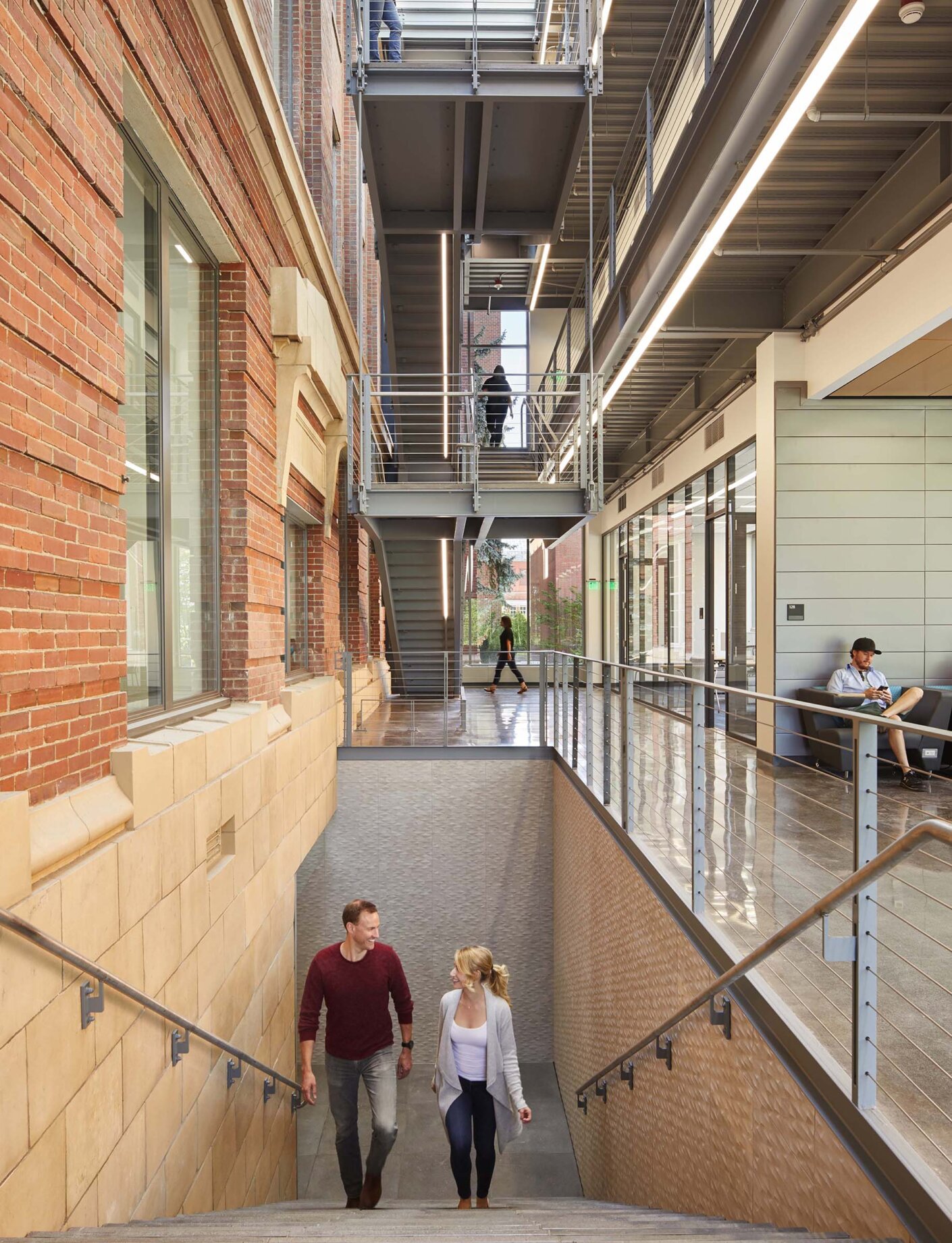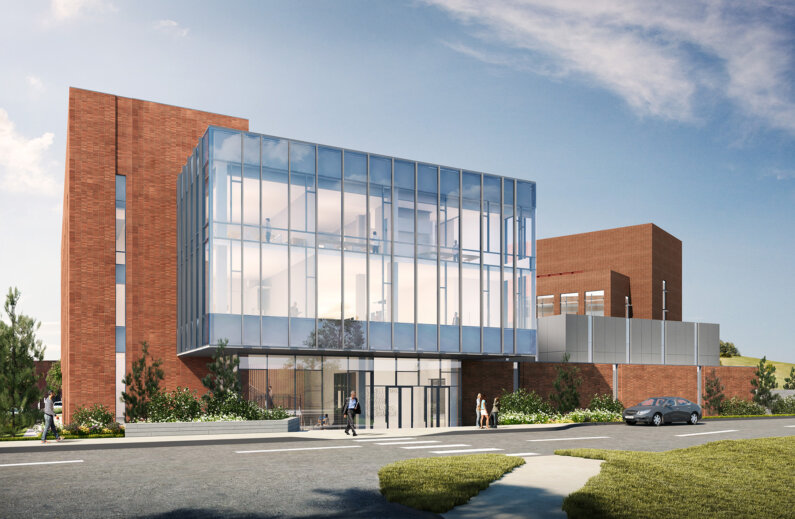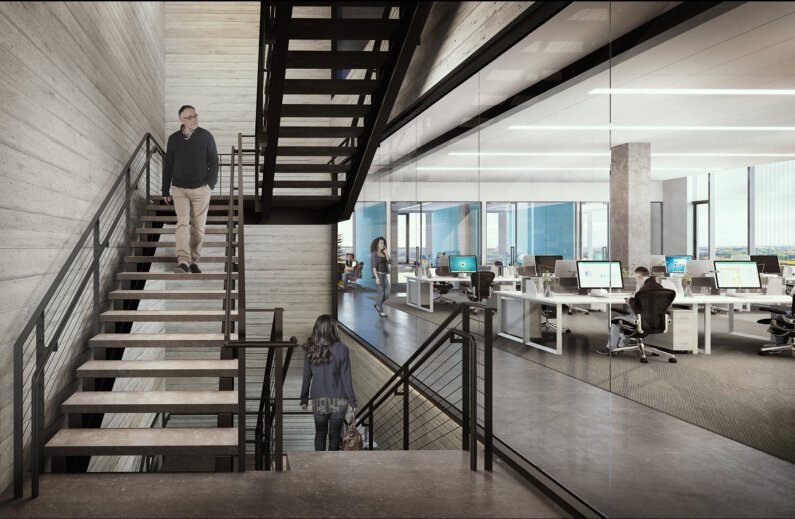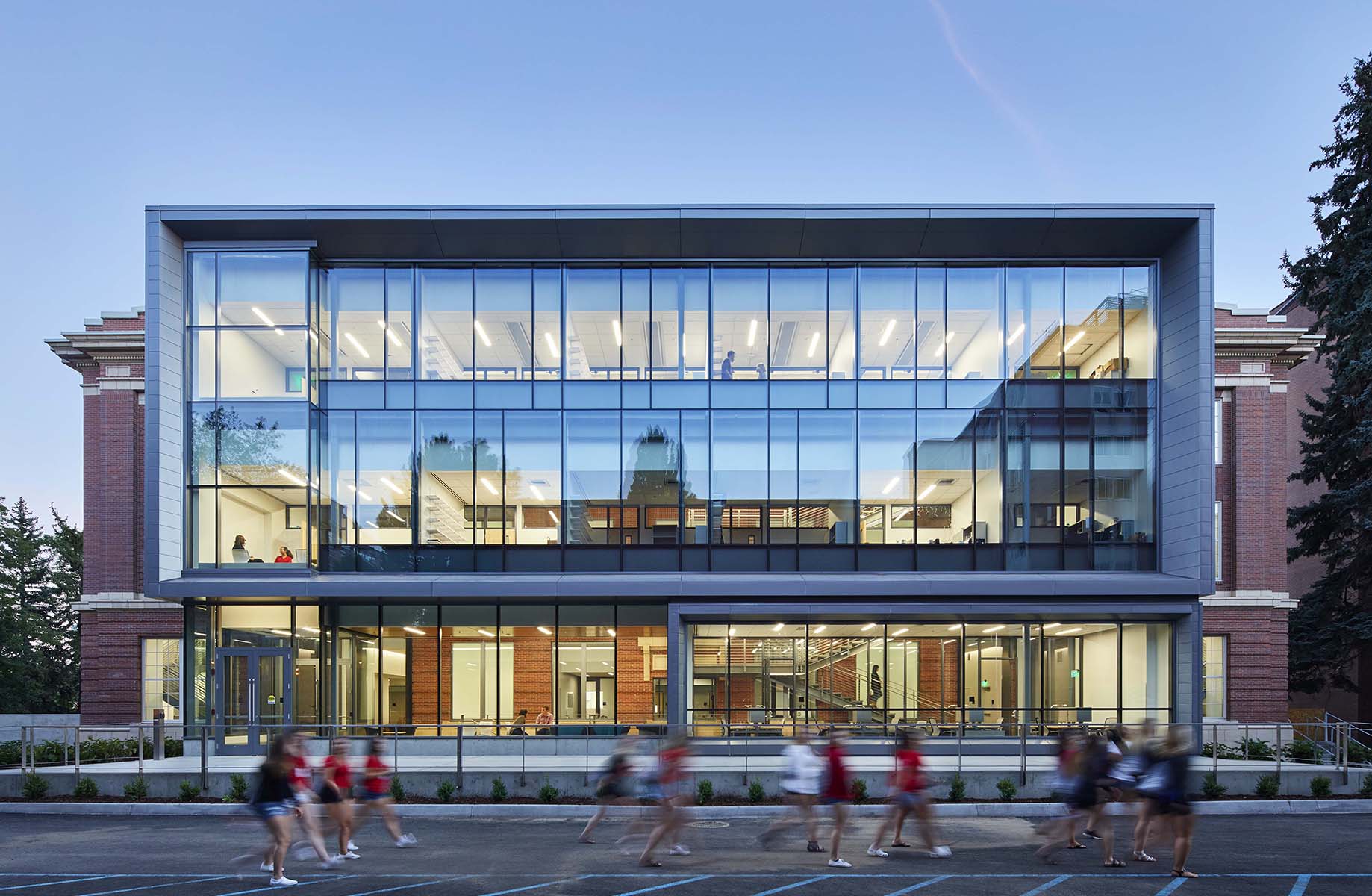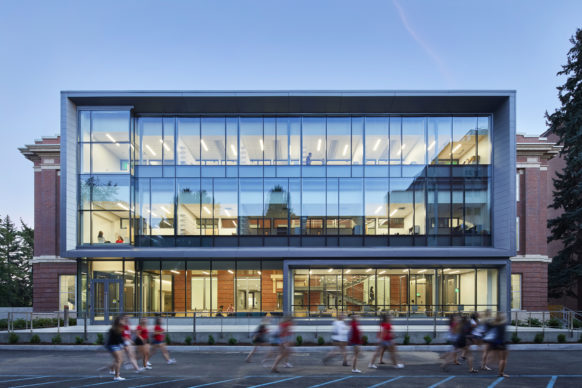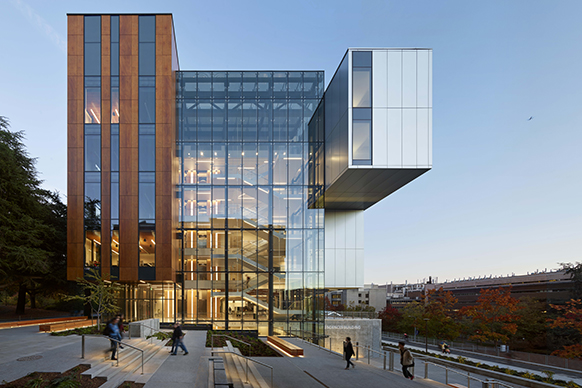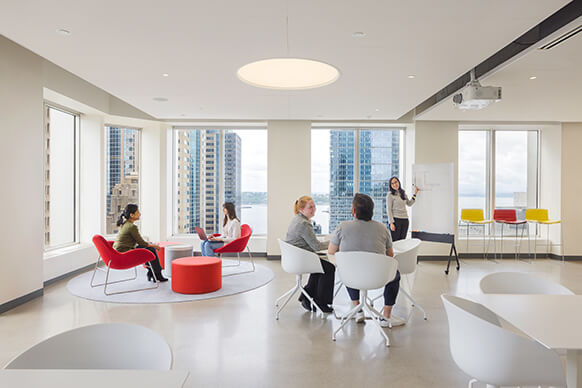At the start of any design project there is a blank canvas full of opportunity to create a building or structure according to form, function, and imagination. Once that blank canvas is filled up with ideas, the difficult part comes next: determining how to coordinate all the elements of the construction process.
With an array of delivery methods to choose from, architects, designers, developers, and construction companies can go in many different directions. Traditional project delivery methods usually separate out the general contractors, architects, and designers from the actual construction companies and subcontractors, leading to many points where communication might diverge from the project goals.
As designers, we all have a responsibility to enhance people’s lives. In order to do that, we can start improving upon the basics – our processes and methods. Out here in the Pacific Northwest, that’s exactly what we’re doing. A more integrated delivery approach known as design-build is picking up speed in our region. Born out of inefficient construction and design processes, design-build is a construction delivery framework emerging as an innovative approach to building development and construction. It first got off the ground at Washington State University, and it remains unique for its ability to unite all stakeholders of a project together from the very beginning, allowing for more efficiency in implementation from the initial design process all the way through the completion of construction.
